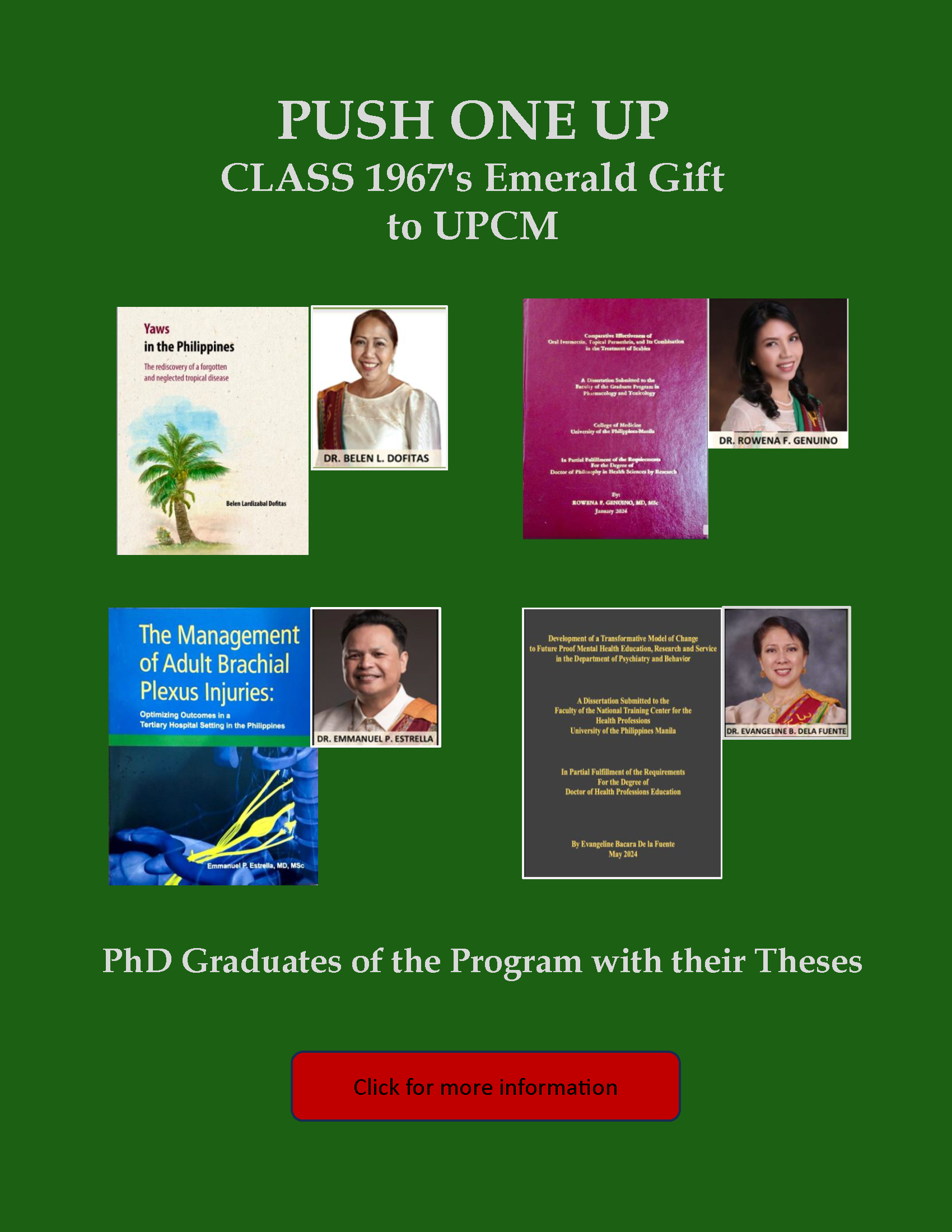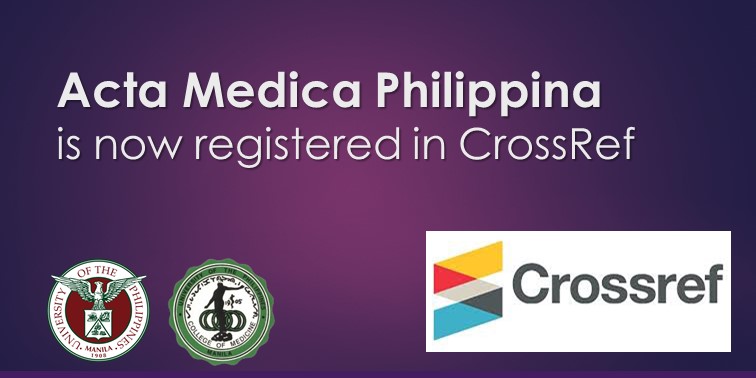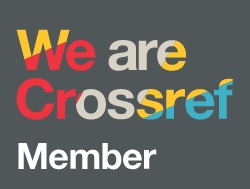Understanding Infant and Young Child Feeding (IYCF) Practices in Mindanao: Lessons from Select Municipalities in Maguindanao
DOI:
https://doi.org/10.47895/amp.v59i5.13391Abstract
The pervasive problem of undernutrition among Filipino children, particularly in regions facing compounded challenges brought about by poverty, geographic isolation, limited access to essential services, and the lingering impacts of conflict, such as in the Bangsamoro Autonomous Region in Muslim Mindanao (BARMM), calls for both context sensitive and evidencebased approaches to effectively inform policies and implement relevant and sustainable nutrition interventions.
The study by Bagabaldo et al. is a significant contribution toward this step to improve the health and nutritional status of children in the region. It unpacks the nuanced realities of infant and young child feeding (IYCF) practices among Muslim mothers in select municipalities in the Province of Maguindanao, while also revealing the social, economic, and infrastructural conditions that define feeding and caregiving practices in these communities.
Most mothers recognize the importance of good health and are motivated by the desire to see their children grow healthy; however, systemic barriers are also evident. They reported economic factors like high cost of food, gendered labor burdens, and even limited access to services from health facilities. Additional challenges, such as new pregnancy, household responsibilities, and limited information or knowledge in food preparation, compound the physical and emotional burdens on women, influencing their ability to sustain optimal IYCF practices and support their children’s growth and development.
One notable finding is the use of processed food (such as canned goods and instant noodles) for complementary feeding. This reflects the economic reality of food deserts, where sari-sari or retail stores are often the only accessible source of food, and processed items are inexpensive, shelf-stable, and can be shared or ‘extended’ for the whole family to partake. Yet, this reality can also be used to leverage our message or to develop interventions to improve healthy food access. With this study by Bagabaldo et al., a more integrated response is to transform sari-sari stores not only as supply nodes but as possible sites for nutrition interventions, such as promotion of locally sourced, nutrient-dense complementary foods, and how to prepare them. It is important that children consume a diverse diet, and it should be emphasized that fruits and vegetables should be consumed daily, including animal source foods.
The Expanded National Nutrition Survey (ENNS) conducted by the DOST-FNRI has, in fact, produced provinciallevel data, including for Maguindanao, which are publicly available through the eNutrition website. The rate for exclusive breastfeeding was relatively high in the province, with 71.3% of infants 0-5 months exclusively breastfed. However, complementary feeding for children 6-23 months was suboptimal, with only 4.9% meeting the minimum acceptable diet (MAD). Undernutrition remains a serious concern among children under five in the province, with high rates of underweight (23.9%), stunting (39.9%), and wasting (8.3%). Vitamin A deficiency was severe (38.1%), while anemia, at 17.3%, posed a mild public health issue. Food insecurity affected 85.2% of households in Maguindanao, with nearly half (43.0%) experiencing severe food insecurity—underscoring the urgent need for comprehensive nutrition and food access interventions.
The gap, therefore, lies not in data generation—but rather in local utilization and program integration. The ten-year Food Security and Nutrition Roadmap for BARMM has been comprehensively developed and this study contributes by providing culturally and operationally grounded insights to inform and support regional and local nutrition actions toward improved food security and nutrition in the region.
The authors’ use of Pareto analysis is also a valuable decision-support tool, revealing that financial constraints, household responsibilities, including the extra effort required to prepare food for their children, and low milk output, are among the most common barriers to breastfeeding and complementary feeding. These insights help identify high-impact interventions such as extended maternity protection, community-based lactation support, time-saving complementary food preparation methods, and economic resilience programs targeted at young families.
Likewise, the dominance of media as a source of nutrition and health information, including IYCF—particularly television and social media—should be seen as a strategic opportunity. The same channels that promote processed foods can be harnessed to normalize positive IYCF behavior, especially when messages are family-centered and culturally aligned. Translation of the WHO Guideline for complementary feeding of infants and young children 6-23 months of age should be popularized and the use of previous resources like the DOST-FNRI 2021 Menu Guide Calendar on complementary feeding and nutritious family meals, can be adopted for use among mothers.
For BARMM, nutrition interventions must be intersectoral—linking food production, food access, social protection, water, sanitation and hygiene (WASH), health services, early childhood care and development (ECCD), education and information dissemination, women’s empowerment, religious and community leadership, and peacebuilding. Health services, often the gateway to IYCF counseling, must be staffed with culturally competent workers capable of engaging not just mothers but entire households—including fathers and grandparents, who hold significant influence in family structures.
Lastly, there should also be a strong call for nutrition governance, by thoughtfully incorporating both motivating and hindering factors identified in the study, into the design of nutrition interventions. These programs should be context-specific and culturally sensitive to improve IYCF practices among Muslim mothers. Nutrition governance structures or inter-agency mechanisms as identified in the roadmap should be in place to ensure coordinated, sustainable, and responsive program implementation at the local level.
Downloads
Published
Issue
Section
License
Copyright (c) 2025 Acta Medica Philippina

This work is licensed under a Creative Commons Attribution-NonCommercial-NoDerivatives 4.0 International License.




.jpg)



